Baitcasting reels date back to the mid-17th century and first became popular in the 1870s. They are suited best to fishing for larger freshwater fishing species, such as largemouth bass, northern pike and muskellunge; larger sizes are used for trolling for large saltwater fish, such as marlin and tuna. Casting with baitcasting tackle can be difficult for first-time anglers to master but can be mastered with practice. Here are the steps for casting baitcasting tackle.
Steps
1. Reel in the line until your bait or lure is 6 to 12 inches (15 to 30 centimeters) from the rod tip. If you have a sinker or bobber attached to the line, it should be 6 to 12 inches from the rod tip instead.
Steps
1. Reel in the line until your bait or lure is 6 to 12 inches (15 to 30 centimeters) from the rod tip. If you have a sinker or bobber attached to the line, it should be 6 to 12 inches from the rod tip instead.
2. Grip the rod behind the reel with your thumb resting over the reel spool.Baitcasting rods are designed the same as spincasting rods, and as with spincasting rods, most fishermen cast with them same hand they retrieve with, so if you prefer to hold the rod behind the reel when you retrieve, you'll need to switch hands when you cast.
- You may want to rest your thumb at a slight angle on the spool instead of pressing the very flat of it on the line. This will give you more control over the flow of the line during the cast.
3. Turn the rod so the reel handles point up. As with spincasting gear, this lets you use your wrist when you cast. If you cast with your opposite hand, the handles point down.
4. Press the reel spool release button. Baitcasting reels made since the 1970s have a mechanism to disengage the reel spool from the handles so they don't turn during the cast, allowing for longer casts. The first such models had the button on the side of the reel; most models today feature a release bar behind the spool that you press with your thumb when you rest it on the reel spool.
5. Bend your casting arm. As you do, raise your rod until its tip goes slightly past vertical.
6. Sweep the rod forward until it reaches eye level. This is about 30 degrees above horizontal, or the "10 o'clock" position. As you do so, lift your thumb off the reel spool enough so that the weight of your bait or lure pulls line off the spool as it is propelled toward the target.
- If you are casting with a long-handled baitcasting rod of the kind used in saltwater fishing, you'll want to use your opposite hand as a fulcrum from which to pivot the rod as you cast.
7. Press down on the reel spool with your thumb to stop the bait when it reaches the target. This is similar to pressing the button on a spincasting reel to brake the line; however, not applying your thumb soon enough leads to the spool continuing to turn after your bait hits the water, creating an overrun or "birds nest" that you'll have to straighten out before you can retrieve your lure.
Tips
Warnings
- Baitcasting tackle is not suited for casting baits or lures weighing a quarter ounce or less. If you like to take several rods with you when you fish, carry a rod with a spincasting reel for the lighter weight lures and a rod with a baitcasting reel for the heavier lures.
- Practice your casting techniques away from the water as well as on it. Away from the water, replace your bait or lure with a rubber practice plug or metal sinker. Practice in an open area, away from overhead trees.
Warnings
- When fishing, wear protective clothing to keep hooks from embedding themselves in your skin as the result of a bad cast or other accident.

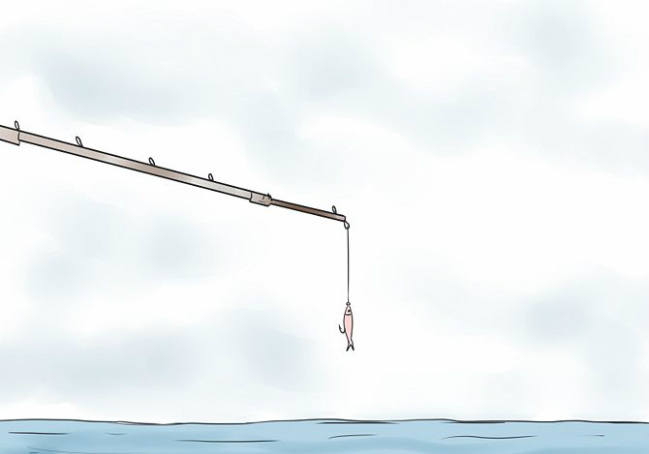
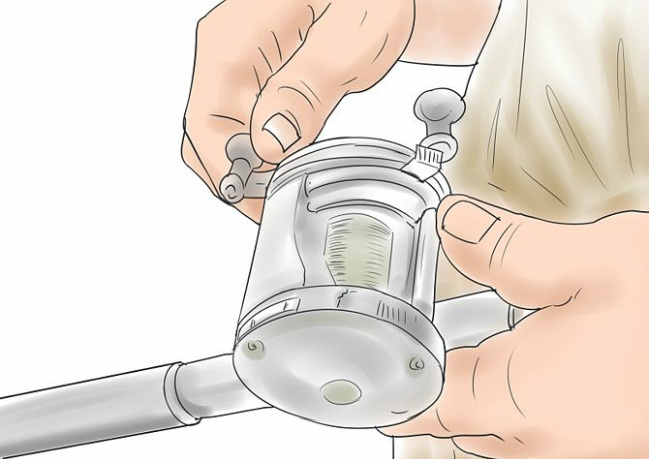
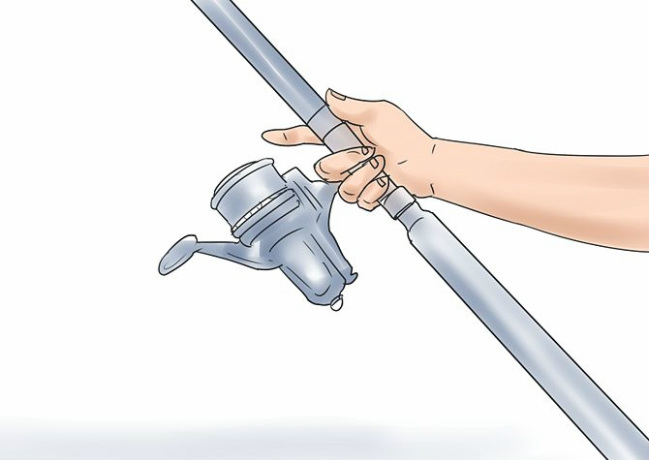
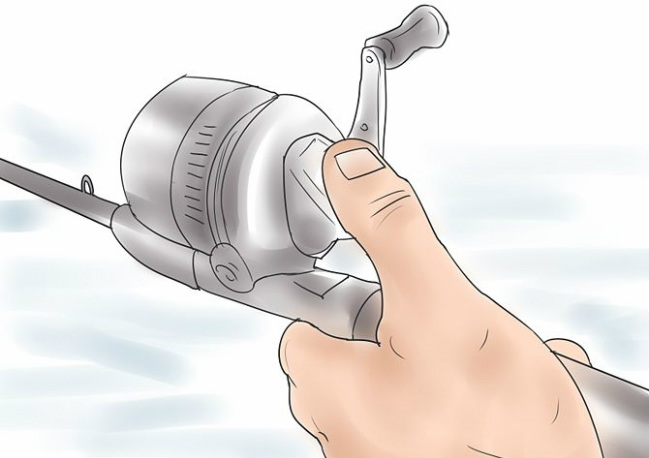
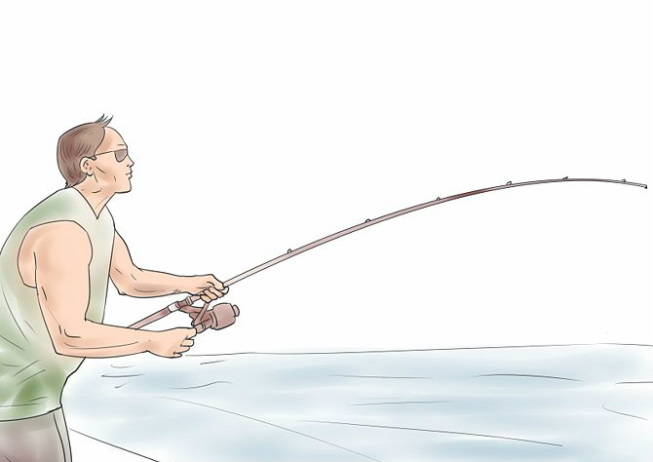
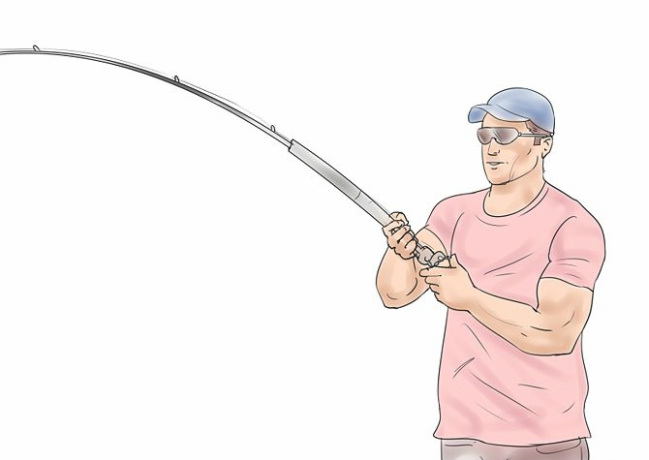
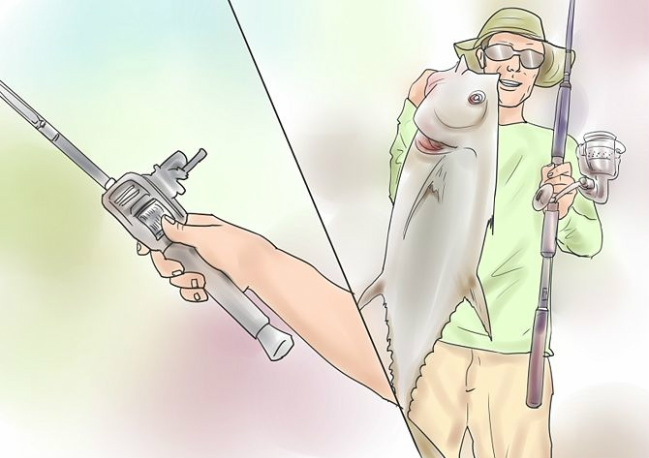
 RSS Feed
RSS Feed
